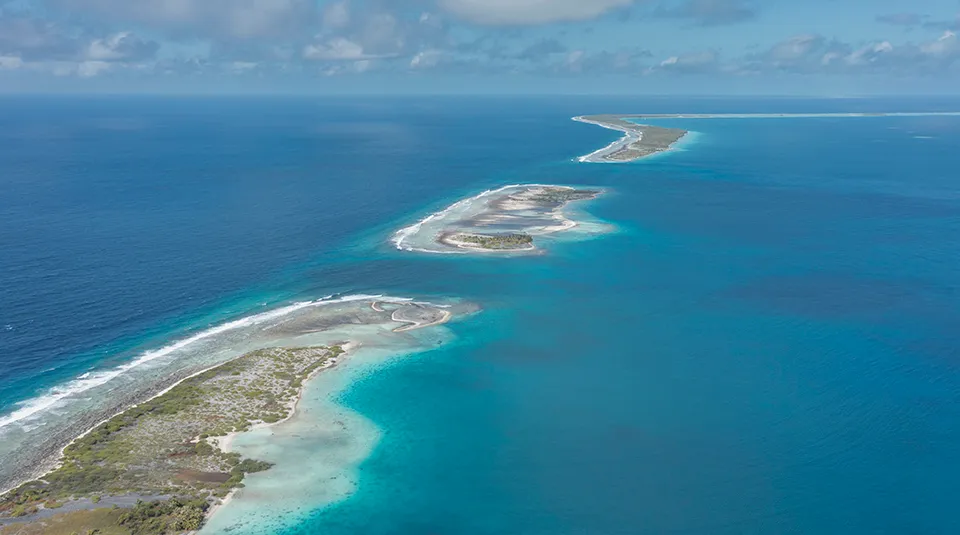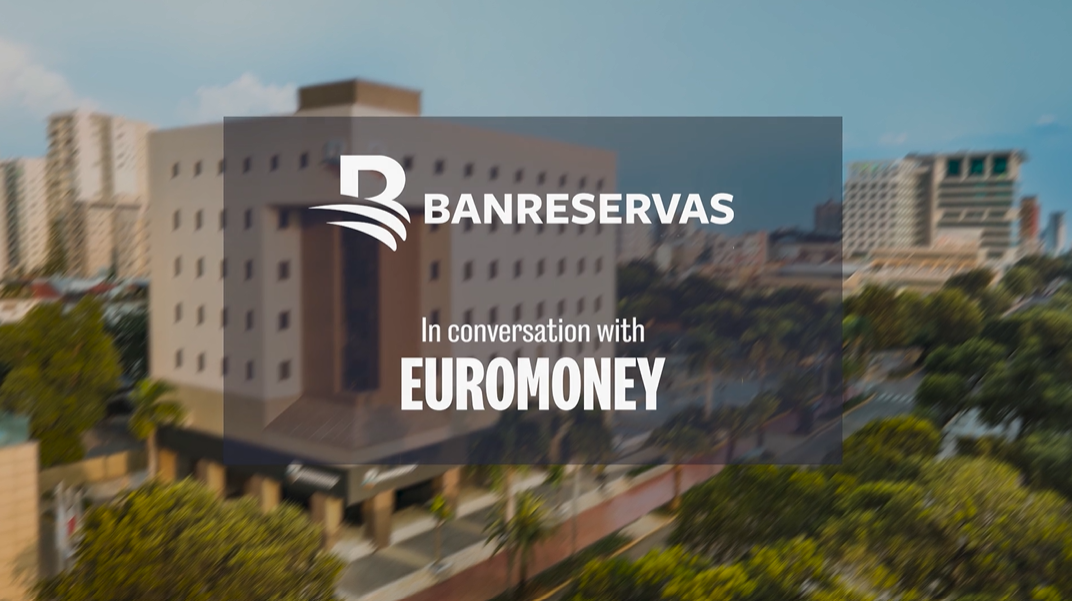When Penny Wong, Australia’s minister for foreign affairs, headed for the Marshall Islands and Nauru in October, it marked her eighth visit to the Pacific island nations since taking on her job just four months earlier.
Minister Wong’s commitment to this region, small on land area but very big on ocean territory, is a reminder of a theme some call the weaponization of the Pacific. Here, China, the US, Australia and Japan conduct a curious courtship whose language is foreign aid, with each nation hoping to build not only trade relationships and climate resilience but security agreements.
The matter has become more pressing since China signed a security pact with the Solomon Islands in April. It is thought to be aiming bigger still – a deal with 10 Pacific island nations, certainly including the four with a standing military, Fiji, Papua New Guinea, Tonga and Vanuatu – and its foreign minister Wang Yi went on a 10-day regional tour in June to this end.
It’s not really about the money so much as the message
Since then, the US has twice made significant pledges of aid in the region, with vice president Kamala Harris promising $600 million in Fiji in June, followed by another $210 million in September. Australia, the US, UK, New Zealand and Japan launched an initiative called “Partners in the Blue Pacific” in June, ostensibly to help island nations tackle climate change and illegal fishing, but widely understood to be an effort to counter China’s expanded influence in the region.
Benjamin Herscovitch, a research fellow at Australian National University with a focus on Australia-China relations, says Australia viewed China’s Solomon Islands deal “as a serious threat to its regional security role. And rightly or wrongly, Australia doesn’t think China has a legitimate security role to play in the Pacific.”
In truth, Australia has committed far more to these relationships than China has so far: according to the Pacific Aid Map maintained by The Lowy Institute, Australia accounts for 35% of aid spending to the region, at $864.6 million, and China 6%, at $160.6 million.
But it’s not really about the money so much as the message. Out here among this patchwork of vulnerable and remote archipelagos, a micro Cold War is being played out, and it is worth keeping an eye out as a barometer for broader geopolitical themes.




